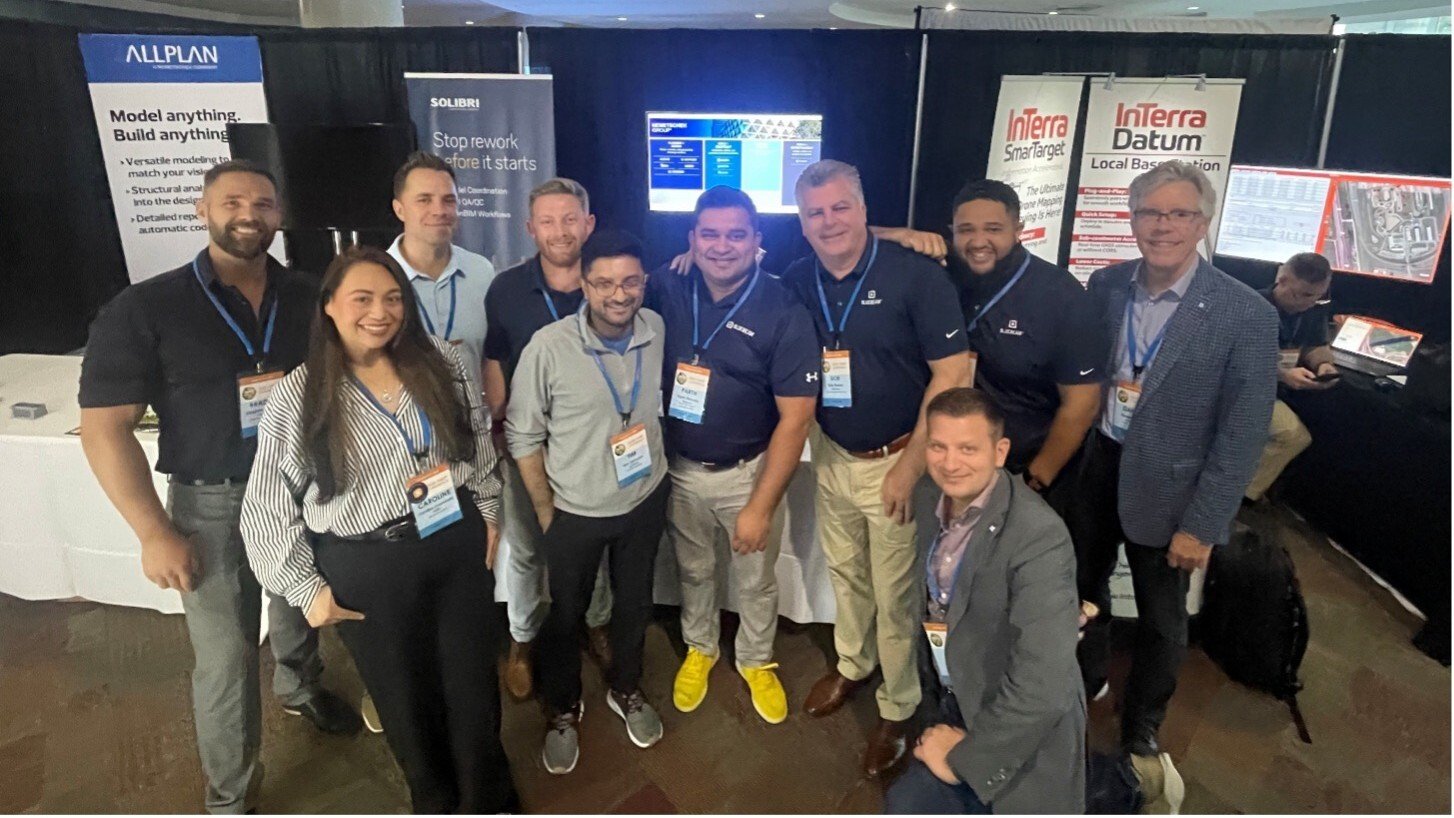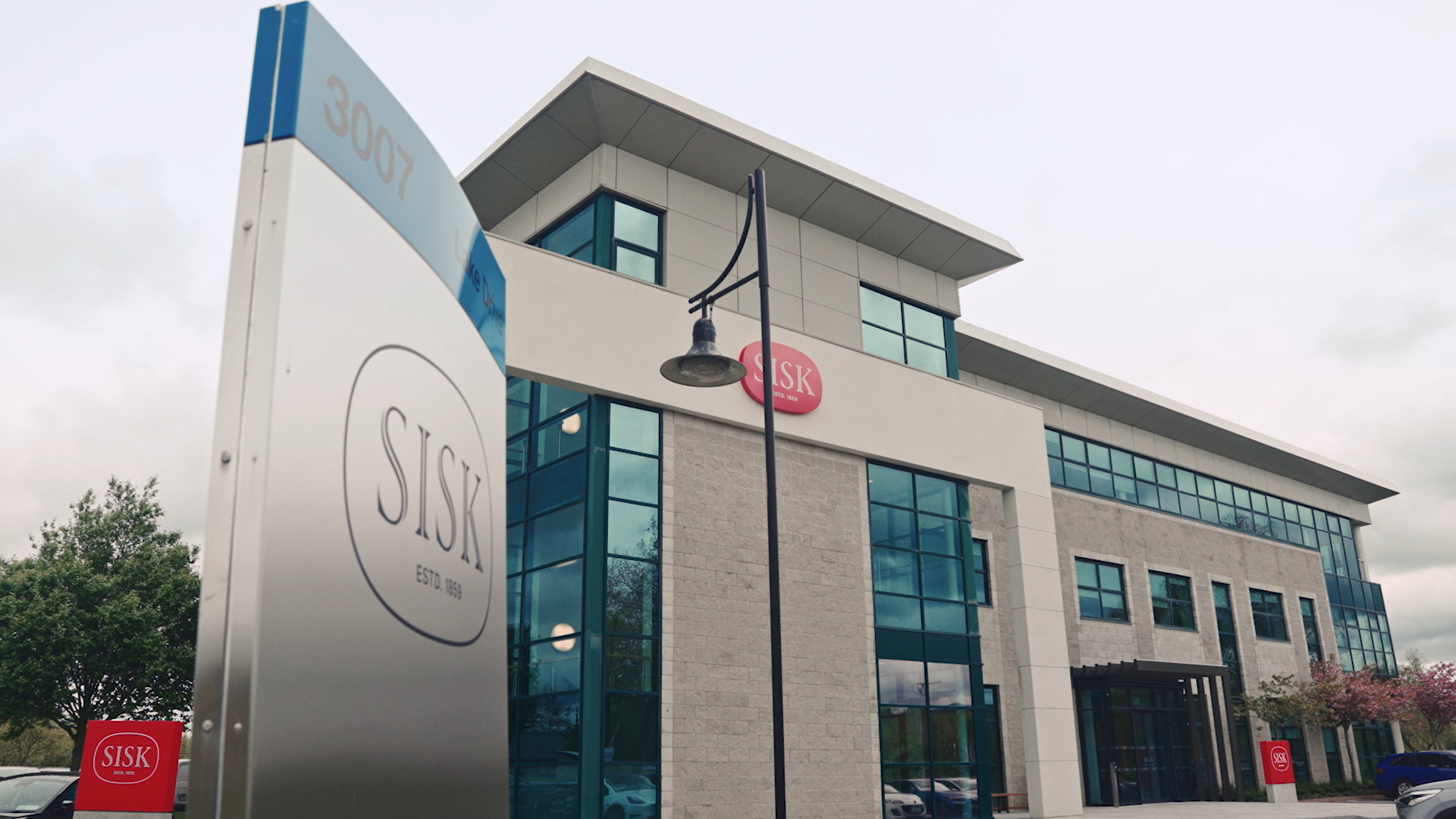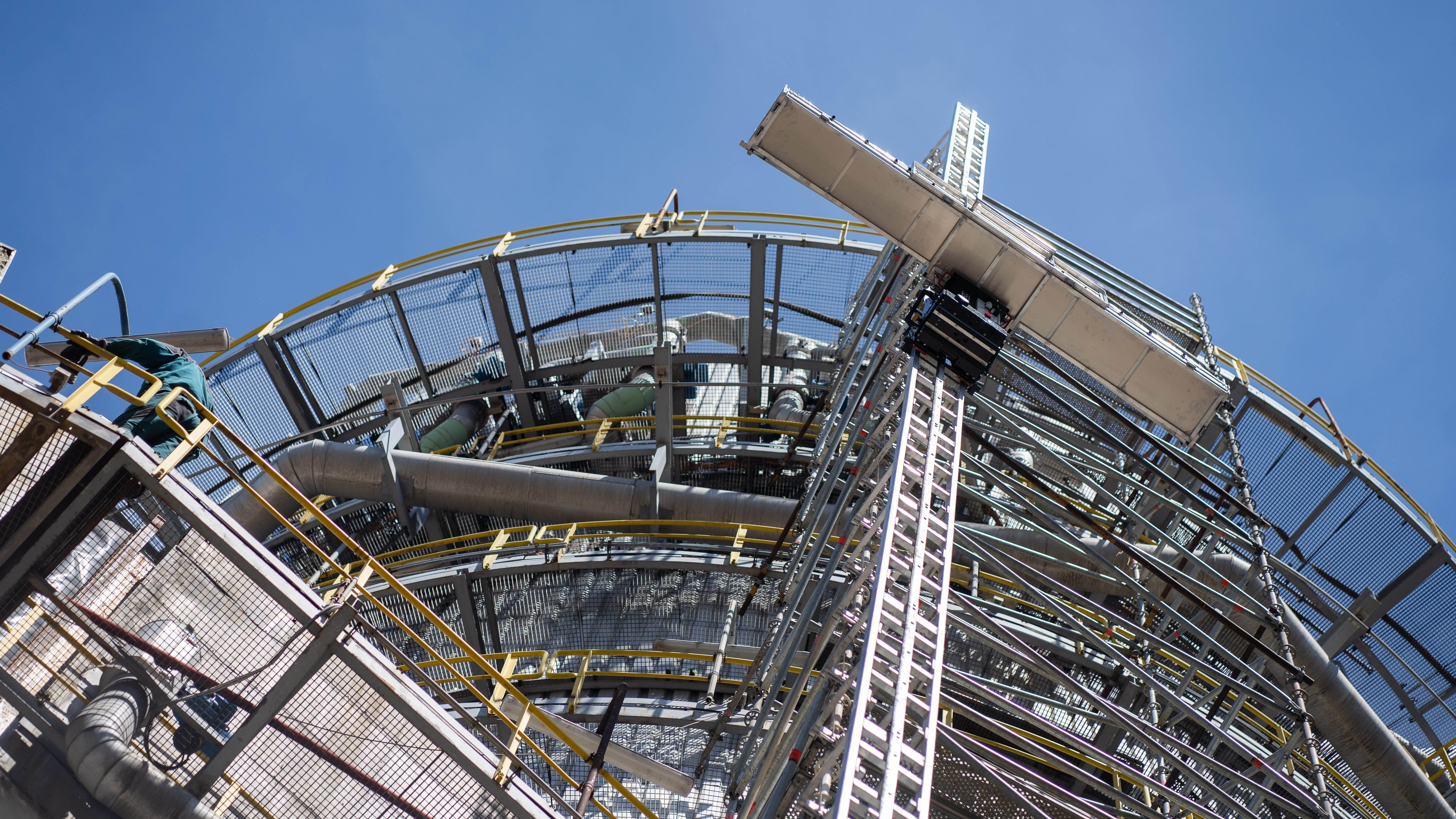AI and the Construction Industry – A Match Made in Heaven?
Author
Jimmy Abualdenien
Head of Digital Twin Product, Nemetschek Group


This article belongs to the collection Sustainability
To the topic pageWhile these advancements range across various technologies, artificial intelligence (AI) stands out as a transformative game-changer. AI’s role is not confined to mere data processing – AI-based technologies and solutions have the potential to help overcome some of the critical challenges that the AEC/O industry faces. These tools will redefine our standards of efficiency, accuracy, and profitability across the entire project lifecycle.
Planning & Design: Navigating the Complexities of Data and Decision-Making
Automated Data Handling
AI technologies are revolutionizing how stakeholders approach the planning and design phases of construction projects. For instance, automated data processing enabled by AI alleviates the labor-intensive task of aggregating information from many sources. By consolidating data into a centralized system, AI simplifies the creation of detailed and accurate Building Information Models (BIM), reducing or even removing the need for specialized third-party solutions.
Enhancing Accuracy
Human error during manual data collection can introduce inaccuracies that may bleed into future phases of a project. By leveraging AI for composite analysis of historical and real-time data, stakeholders can increase the integrity of initial design models. This approach not only enhances accuracy but also sets up a mechanism for ongoing refinement throughout the project’s lifecycle, substantially diminishing the risks associated with human error.
Contextual Analysis for Holistic Design
Optimizing a building’s performance extends beyond its structural and mechanical elements – it requires a deep understanding of the contextual factors affecting it. From local climate patterns to traffic conditions, these factors influence numerous aspects such as energy efficiency and occupant comfort. AI-powered algorithms can analyze this mass of environmental and local data, providing invaluable insights that empower architects and engineers to foresee challenges and make proactive design decisions.
Construction: Elevating Quality and Tackling Logistics
AI-Driven Quality Control
Quality assurance in construction is vital but often cumbersome and error-prone when done manually. AI automates this process, improving both efficiency and accuracy. By integrating AI algorithms with IoT sensors, stakeholders can automatically compare as-built assets like floors or walls against design specifications. This real-time assessment minimizes manual checks, expediting the construction process and reducing the risk of costly errors.
Real-Time Progress Monitoring
AI facilitates real-time monitoring of construction, streamlining project management. By pairing AI with sensing technology, progress is measured against the project timeline in real-time, allowing for immediate identification of scheduling issues. Off-site managers can thus make quick, data-driven decisions to maintain project timelines.
Operations: Advancing Data-Driven Management and Sustainable Practices
Real-Time Asset Analysis and Predictive Maintenance
AI supplements digital twins, such as the Nemetschek solution dTwin, by automating root-cause analysis and predicting maintenance needs using historical and real-time data. This streamlines operations and allows for remote inspections and lifecycle cost analysis, reducing costs and boosting efficiency.
Sustainability and Resource Optimization
In an era where sustainability is paramount, AI algorithms can analyze real-time data from IoT sensors to identify inefficiencies in energy use. These AI-enhanced digital twins can also optimize other operational aspects like space utilization and occupant comfort, analyzing patterns and environmental variables to create an optimal work environment.
Enabling Smart Renovations and Retrofitting
AI transforms the renovation and retrofitting process by enabling intelligent simulations that generate multiple design possibilities in seconds. Whether the objective is sustainability or optimized lighting, AI-based models can visualize various scenarios, reducing both the time and cost associated with these projects.
Importantly, AI extends these capabilities to older buildings. Though traditional buildings may lack comprehensive historical data, AI can leverage 3D and panoramic scanning technologies to create new BIM models. This Scan-to-BIM process modernizes even heritage structures, aligning them with contemporary design and sustainability standards.
Building the Future with AI
The rapid advancements in artificial intelligence are undeniably catalyzing a transformative shift across the AEC/O industry. AI has quickly become a powerful tool that enhances capabilities across planning, design, construction, and operations. Thus, AI serves as a linchpin for data-driven, intelligent decision-making – essential for an industry aiming for increased innovation, sustainability, and operational excellence. At Nemetschek Group, we eagerly anticipate the multidimensional benefits that this powerful technology will unveil as we move further into a digitally integrated future.



